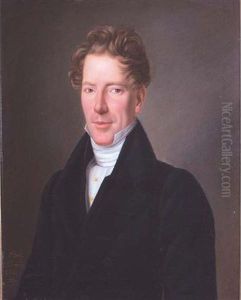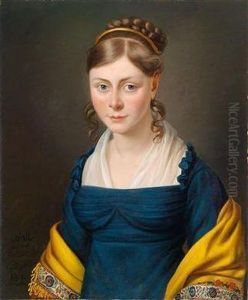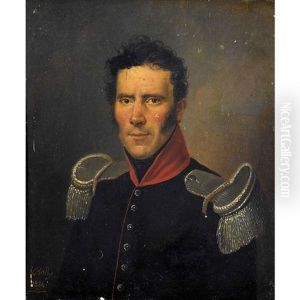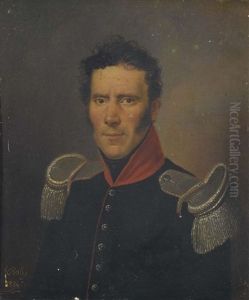Alexandre Bailly Paintings
Alexandre Bailly was a Swiss-French painter and sculptor whose work spanned the late 19th and early 20th centuries, a period known for its dynamic artistic innovation and the evolution of modernism. Born in Geneva, Switzerland, in 1866, Bailly was part of an era that saw the emergence of various art movements, including Impressionism, Post-Impressionism, and Symbolism. Though not as widely known as some of his contemporaries, Bailly's contributions to the art world were significant, and his work reflected the diverse influences and styles of his time.
Bailly's artistic journey began in Switzerland, but his quest for artistic growth and exposure led him to Paris, which at the time was the epicenter of the art world. Here, he immersed himself in the vibrant artistic community, drawing inspiration from the works of the Impressionist and Post-Impressionist artists who were revolutionizing European art. Bailly's own style evolved over the years, showcasing his ability to adapt and experiment with different techniques and subjects. His oeuvre includes a wide range of works, from landscapes and portraits to sculptures and decorative arts.
One of the defining characteristics of Bailly's work is his use of color and light, which reflects the influence of Impressionism. However, he also infused his work with a sense of symbolism and mysticism, elements that were prevalent in the art movements of the late 19th and early 20th centuries. This blend of styles allowed him to create unique and compelling works that resonated with the artistic sensibilities of his time.
Despite his talent and contributions, Alexandre Bailly never achieved the level of fame or recognition enjoyed by some of his contemporaries. Nonetheless, his work has been appreciated by art historians and collectors who recognize his unique place in the pantheon of early modern artists. Bailly's paintings and sculptures can be found in various museums and private collections, serving as a testament to his artistic legacy.
Bailly continued to work and evolve as an artist until his death in 1947. His life and career reflect the tumultuous and transformative nature of the late 19th and early 20th centuries, a time when artists were exploring new realms of expression and challenging the traditional boundaries of art. Alexandre Bailly's body of work stands as a bridge between the traditional and the modern, embodying the spirit of an era that laid the foundations for the contemporary art world.










